I started to shoot on film in a cold winter of 2014. I used to shoot mainly with compact film cameras with color negative film, were I tried to test as many as possible of them. In the summer of 2018 I bought my first Olympus XA and fell in love with rangefinders and black & white photography. I then began to dream of buying a Leica, and soon found myself with an M7 and 7Artisans 35mm f/2. Then a month ago, I picked up this Canon 28mm f/2.8 ltm.
When I started to looking for a 28mm lens, I was looking for the cheapest possible. I wasn’t sure if a lens this wide would fit me as well as 35mm. I started to look on ebay, and found the offers from 7artisans, Voigtlander, Zeiss and Leica. I then found this Canon 28mm f/2.8. I tried to search for information about it online, and discovered there is not so much online to read about it. There are almost no examples or reviews so I decided to take it, test it, and if I didn’t like it, I could resell it. In the end, overall, the Canon 28mm f/2.8 ltm lens really surprised me.
The Canon 28mm f/2.8 Leica Screw Mount lens is a super-small lens. In comparison to other lenses I’ve held, it looks more like a toy. Here is a comparison of its size with the 7Artisans lens:
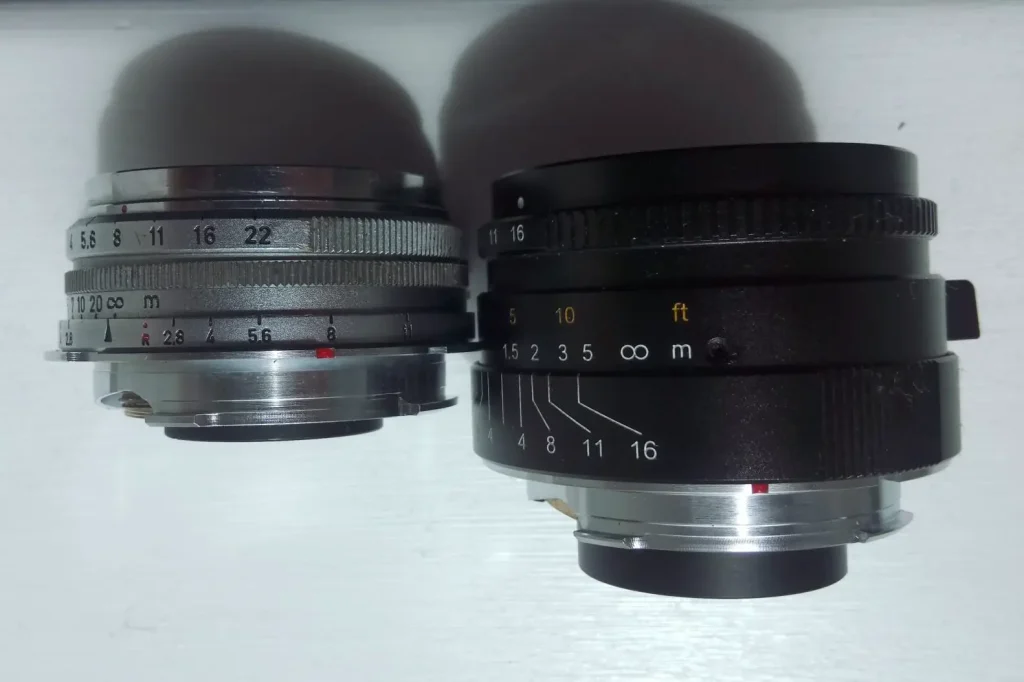
The lens has an infinity lock, has clicked stops from f/2.8 to f/22 and appears to be made of chromed brass. It is however pretty light, but has high quality build. I do find the focus ring a little small and fiddly to use. So far, I’ve shot 8 rolls of film, mostly in Sofia and Plovdiv Bulgaria, and the results were incredible – it 100% satisfied me. I shot it mostly at f/8 where is gives pretty sharp images.
Examples f/8 – All of photos here are shoot on Ilford XP2 Super developed with Kodak HC-110
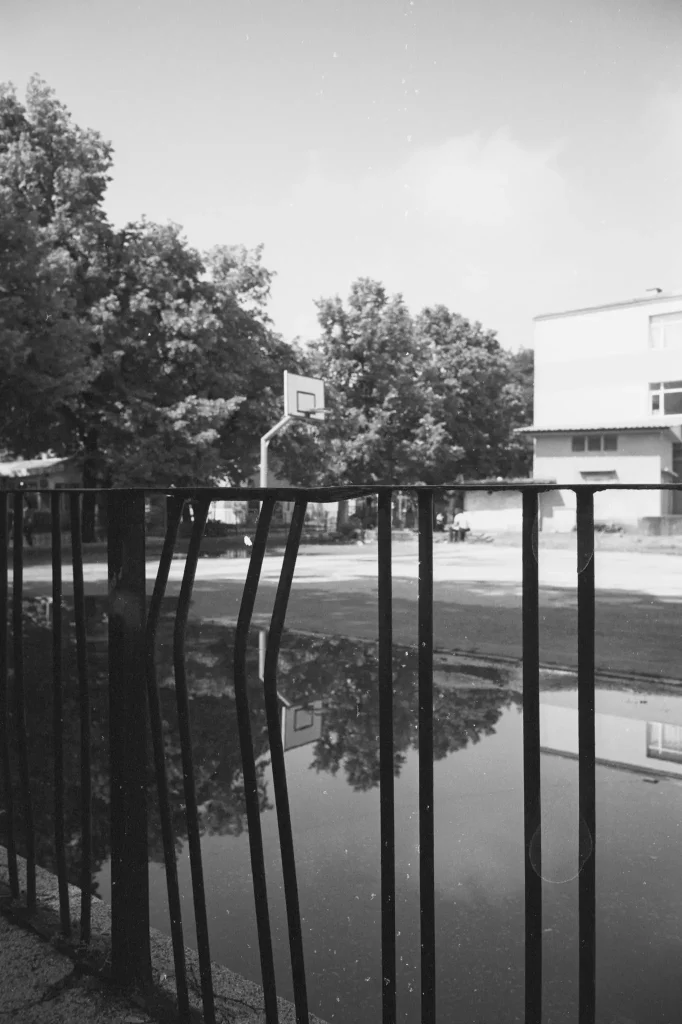
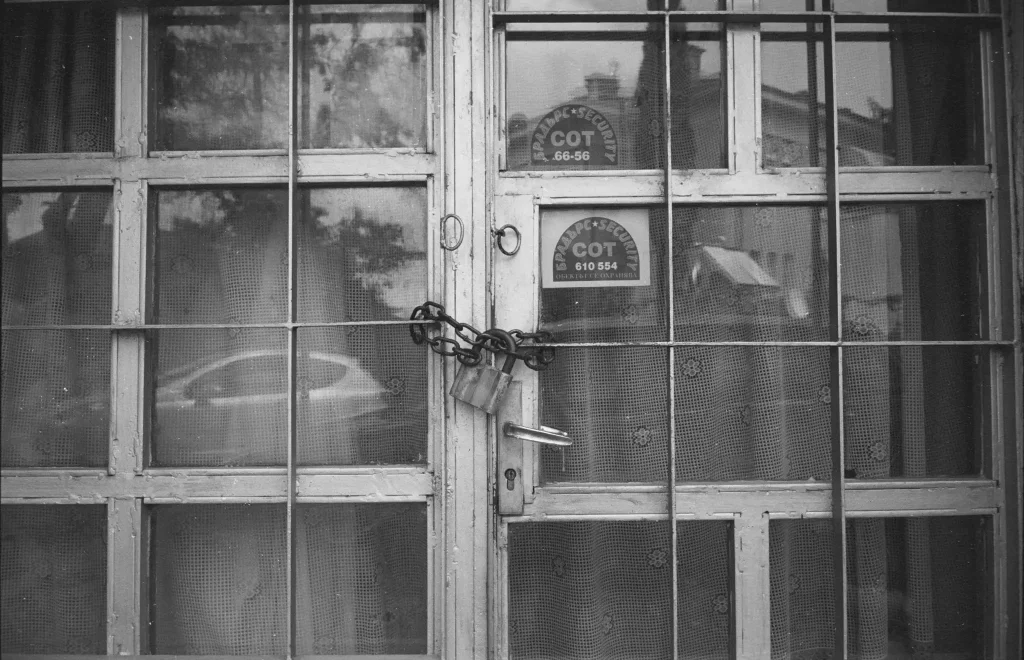
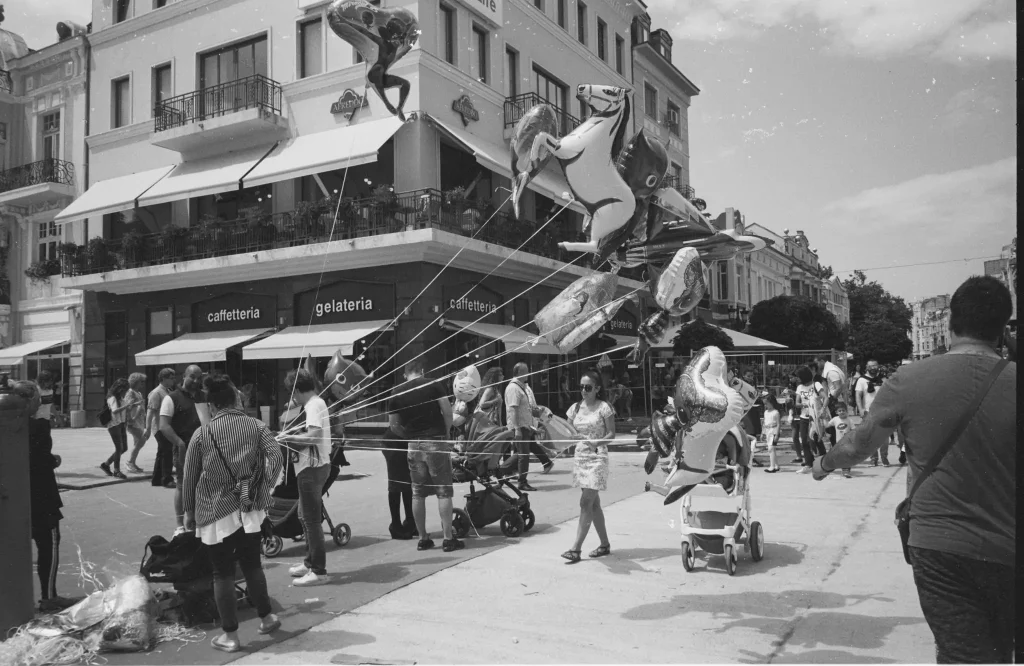
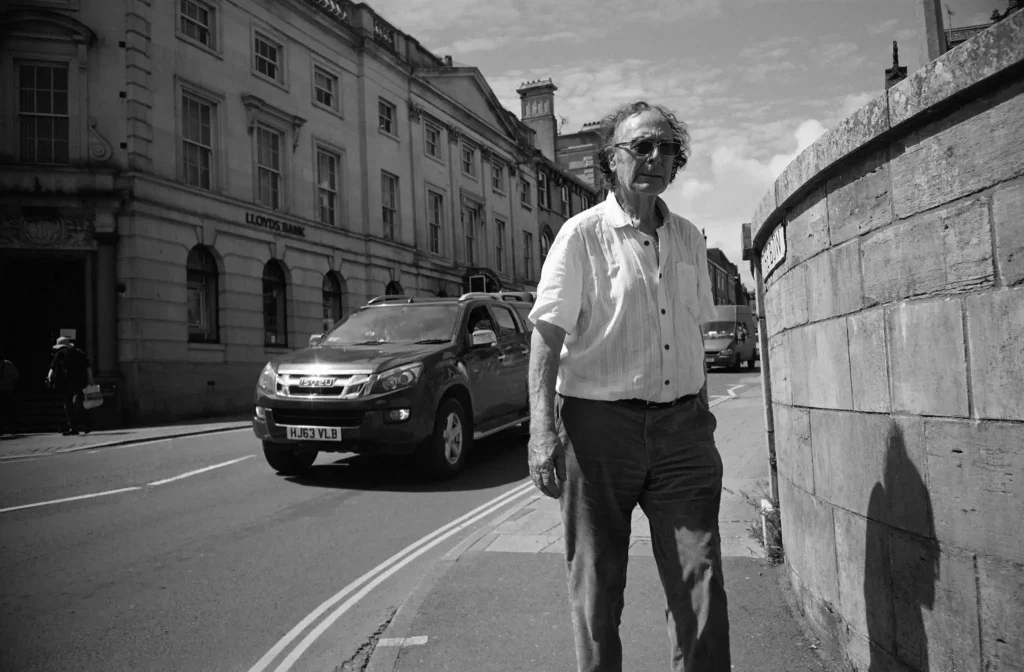
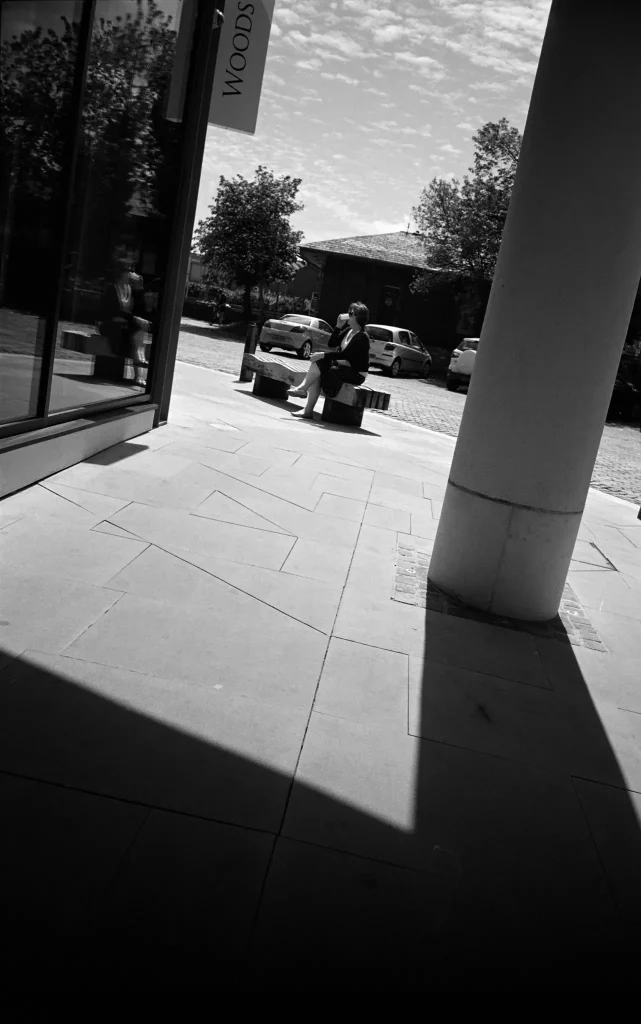
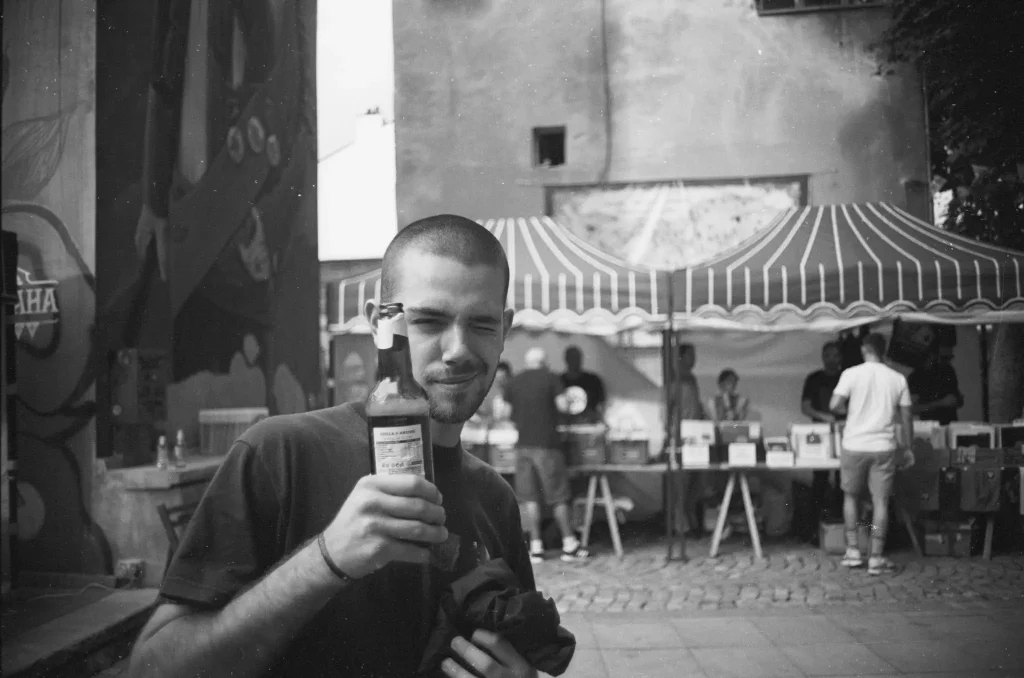
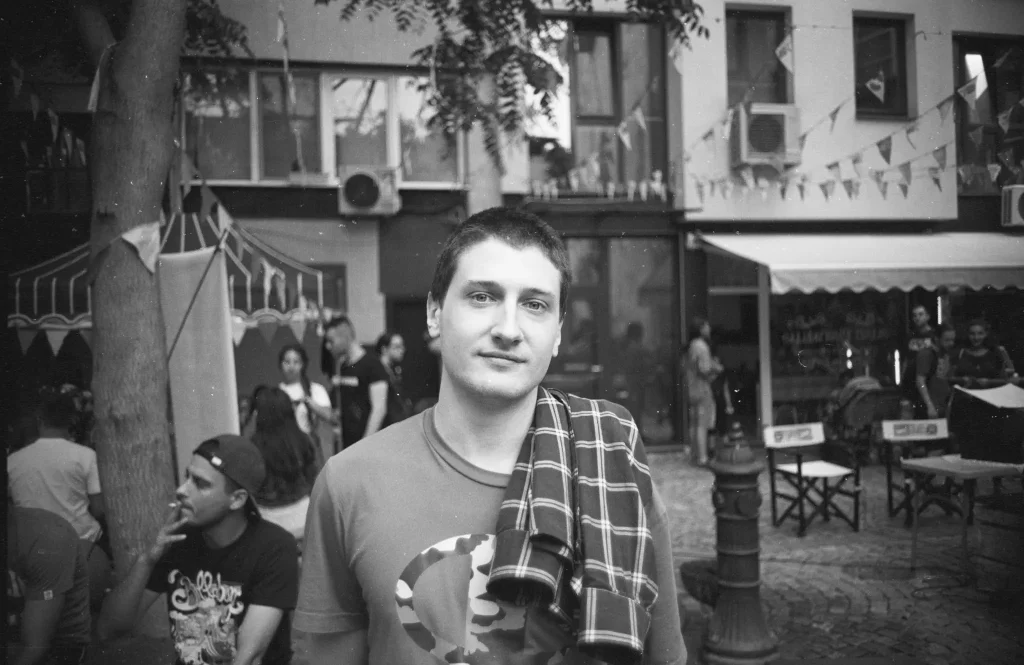
I also shot a few portraits to check how it would look like with the lens wide open at f/2.8. The bokeh is quite soft, but there is a little issue with vignetting. Me personally, don’t really care about this, as I rarely shoot wider than f/8, however if you decide to shoot open, and you don’t like the look, you might be disappointed.
Examples at f/2.8 – Photos with Fujifilm Acros Neopan 100 developed in Kodak HC110
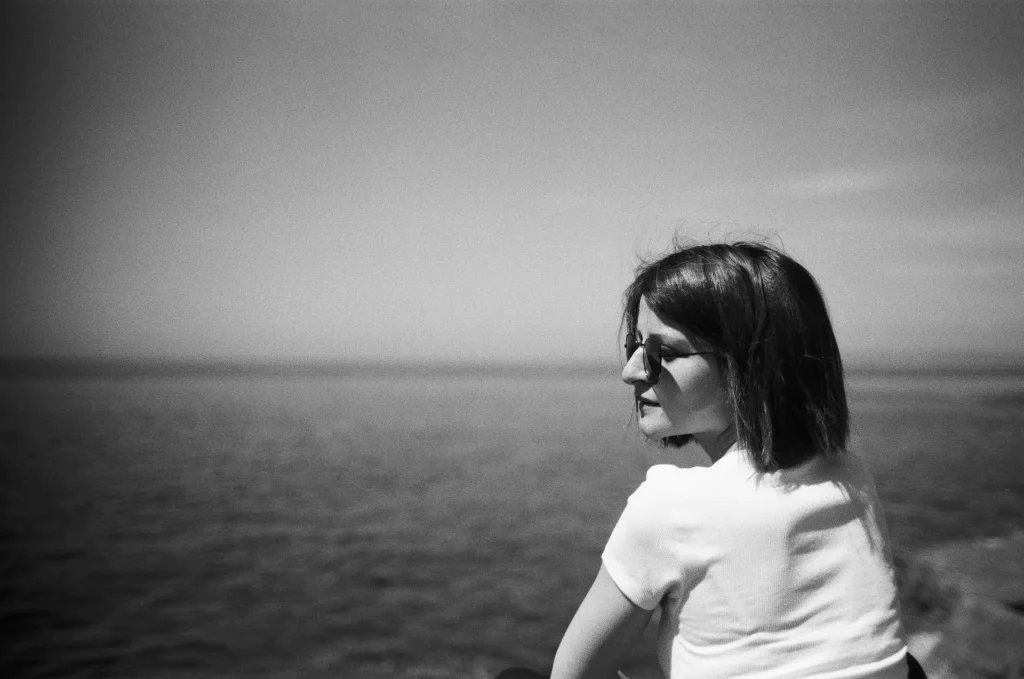
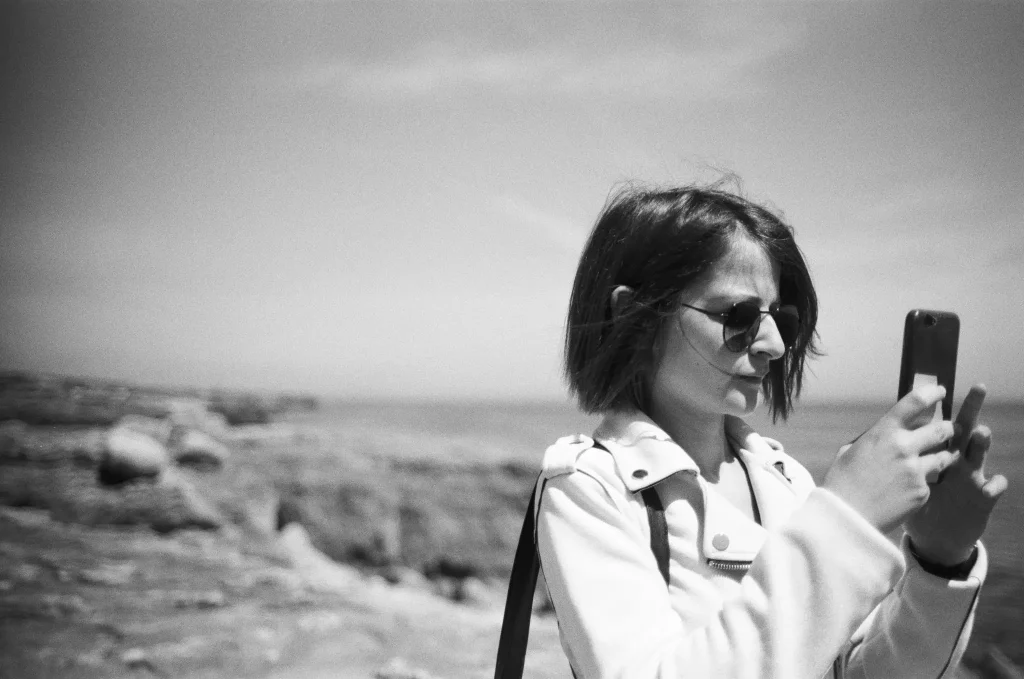
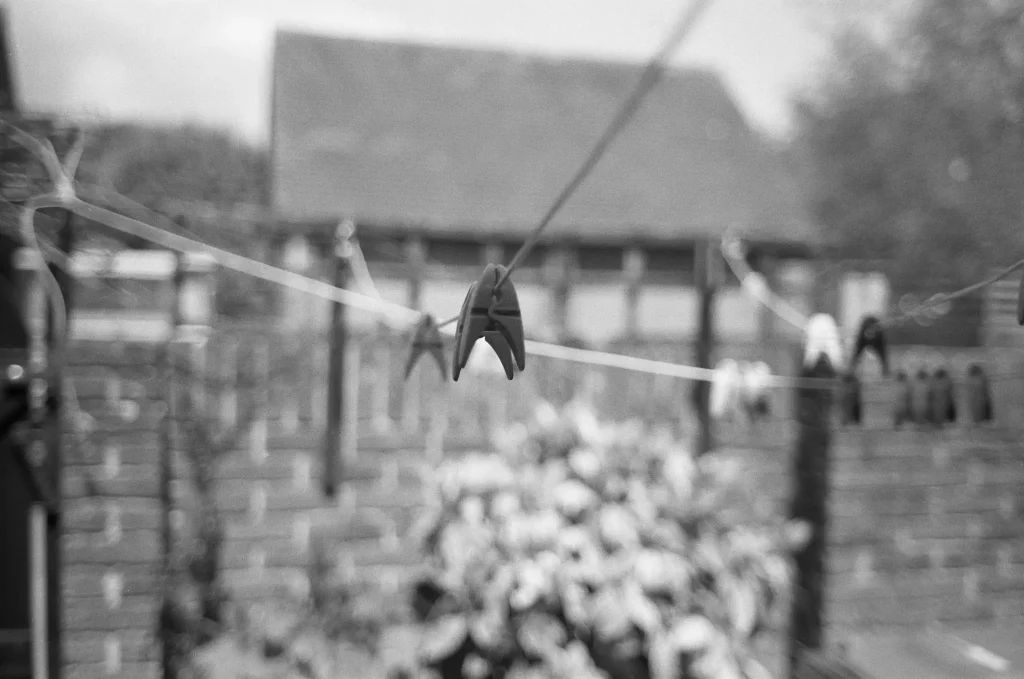
A few more f/8 examples with Ilford Fp4 Pushed to 400 Developed in Kodak Hc110
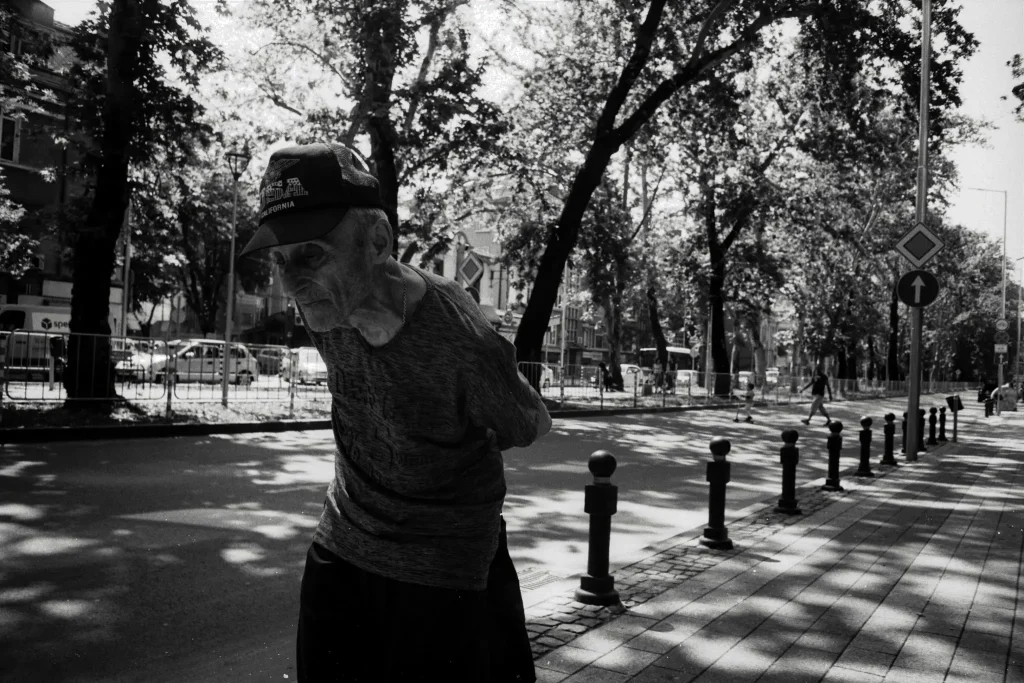
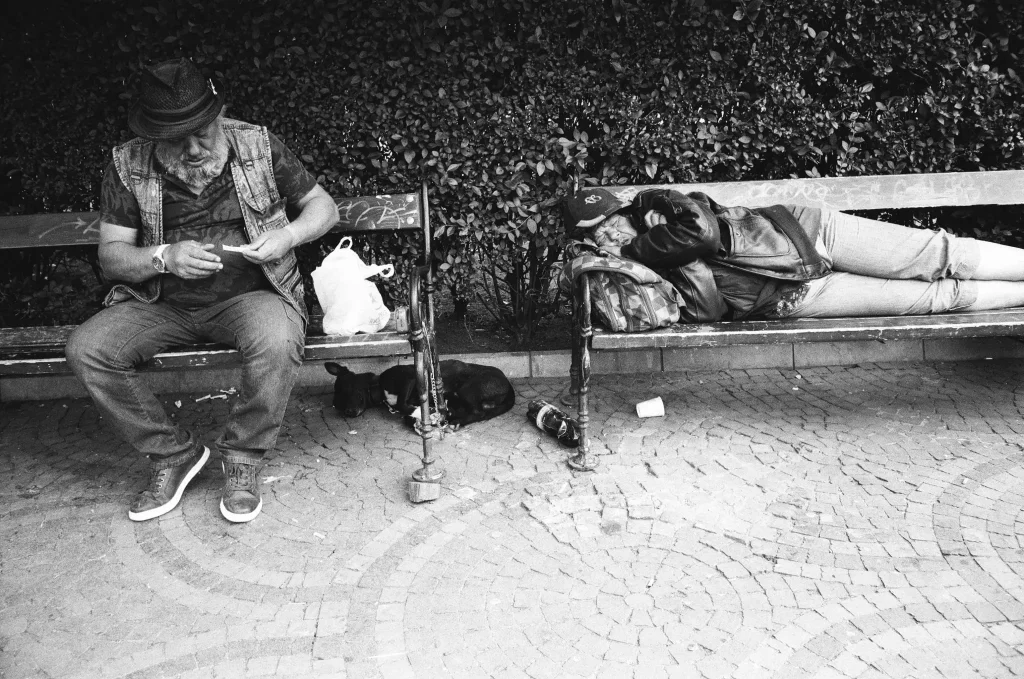
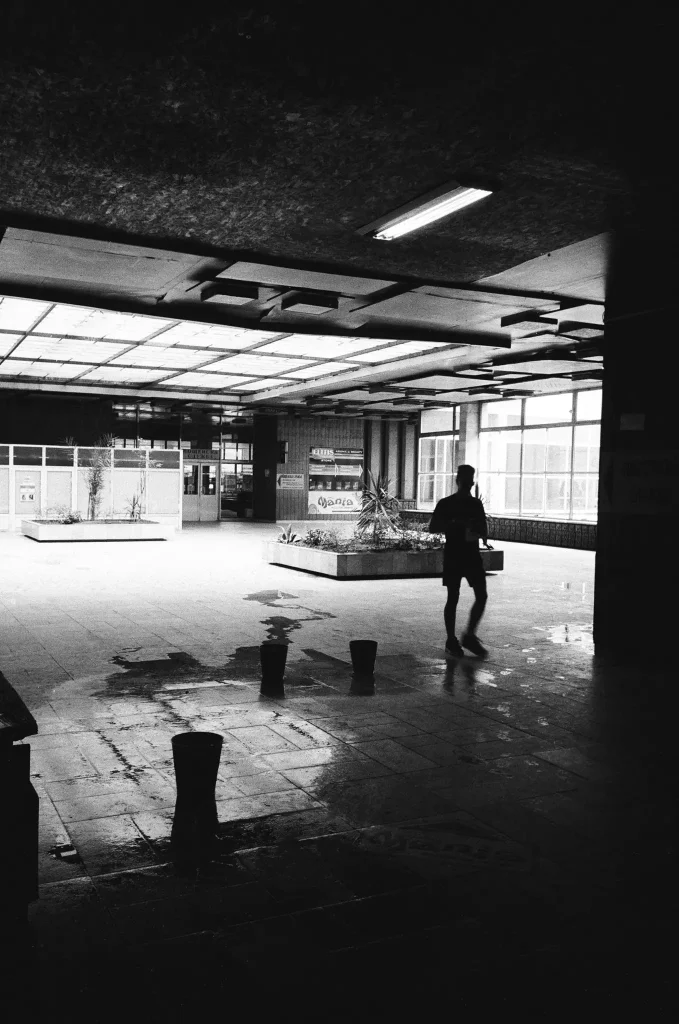
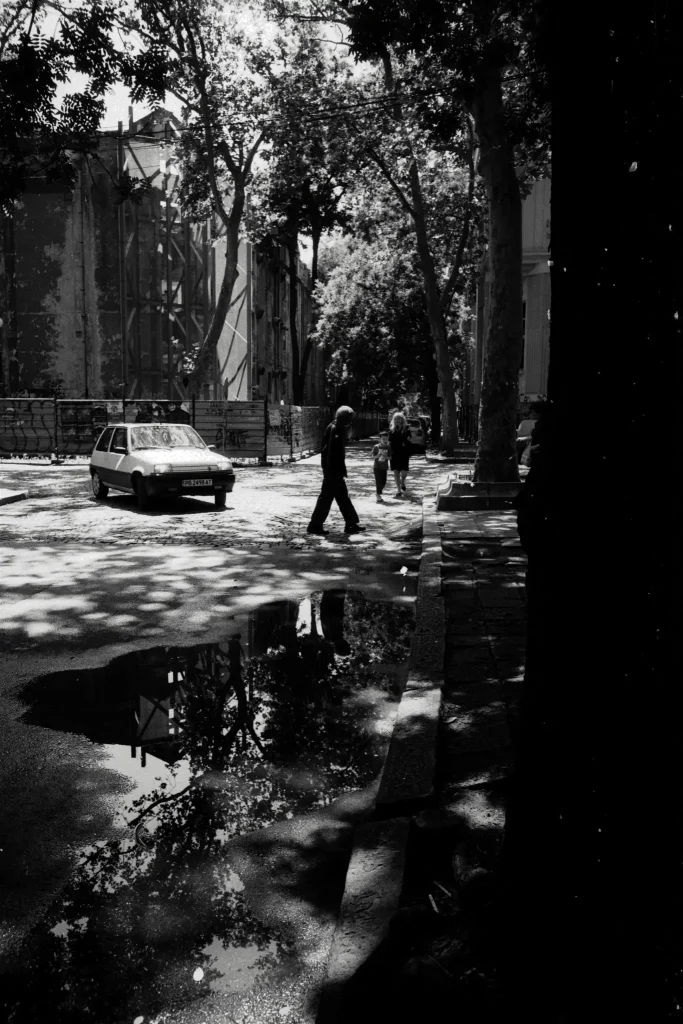
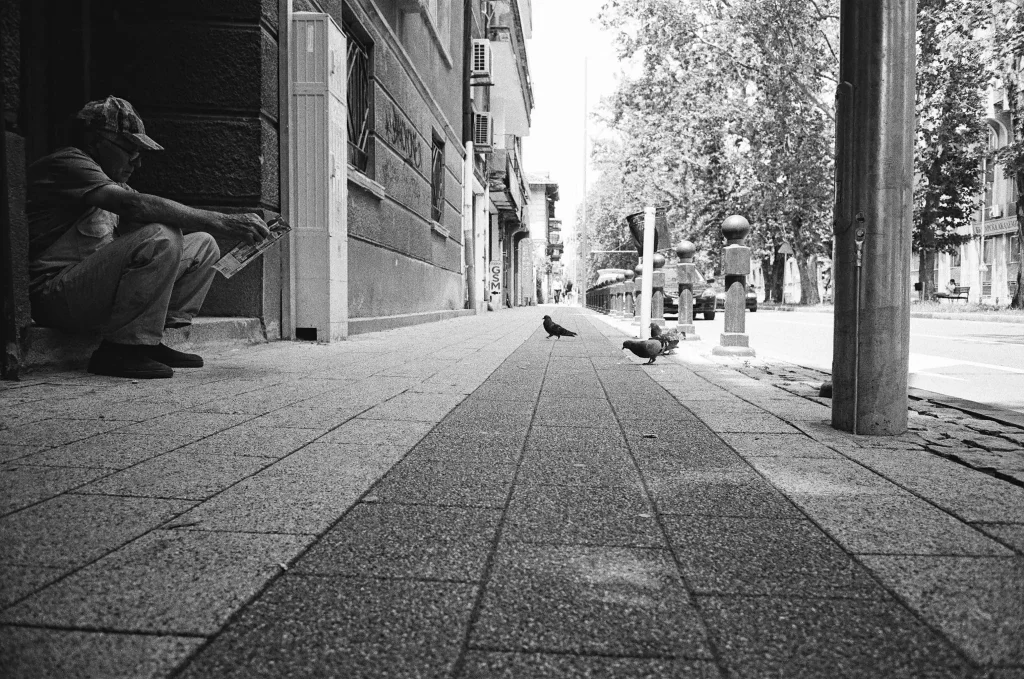
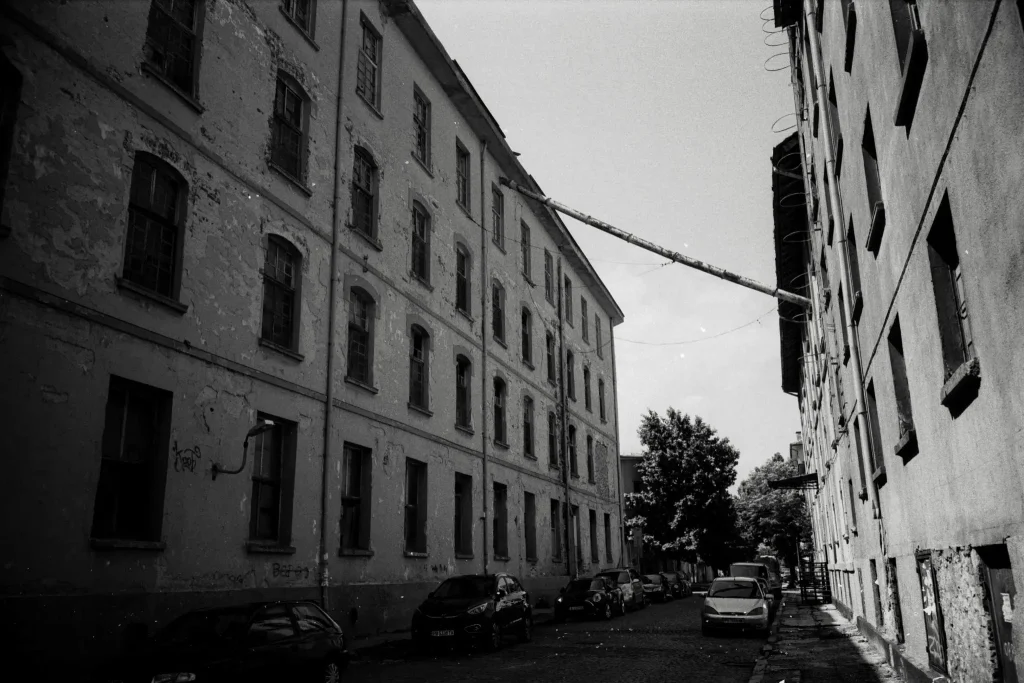
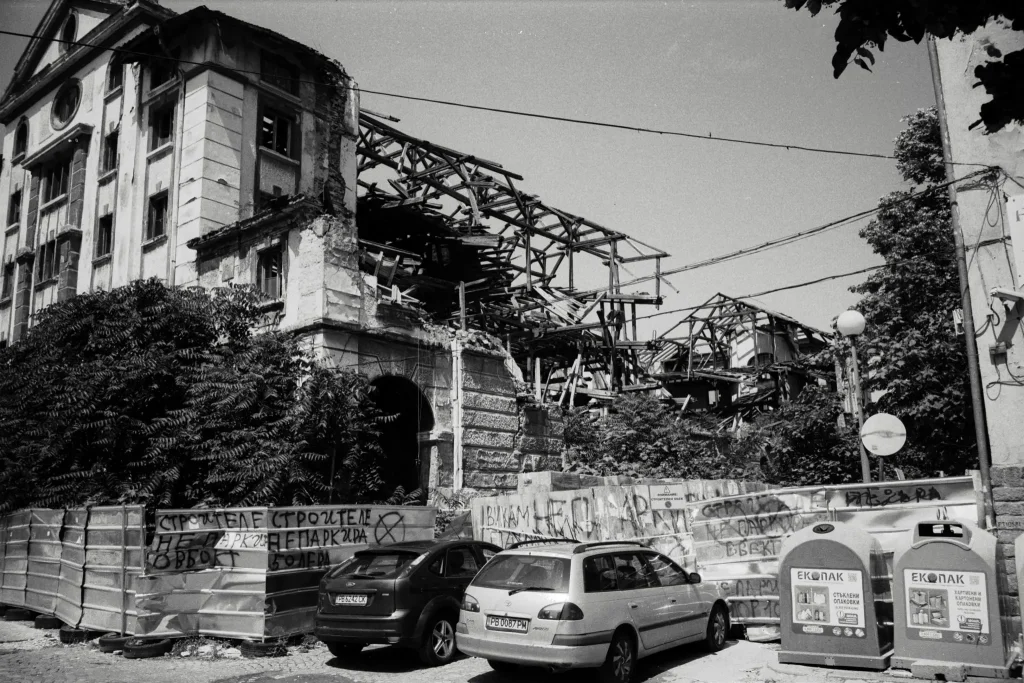
I doubt I will change this lens in near future, it fits my needs for a 28mm lens perfectly. I’m even beginning to get used to the focus ring – in the end how it feels to use doesn’t matter, it just required a bit of time to get used to it.
I am an Eastern Europe film photographer from Bulgaria and my name is Atanas, also known as muzich_photography.
Share this post:
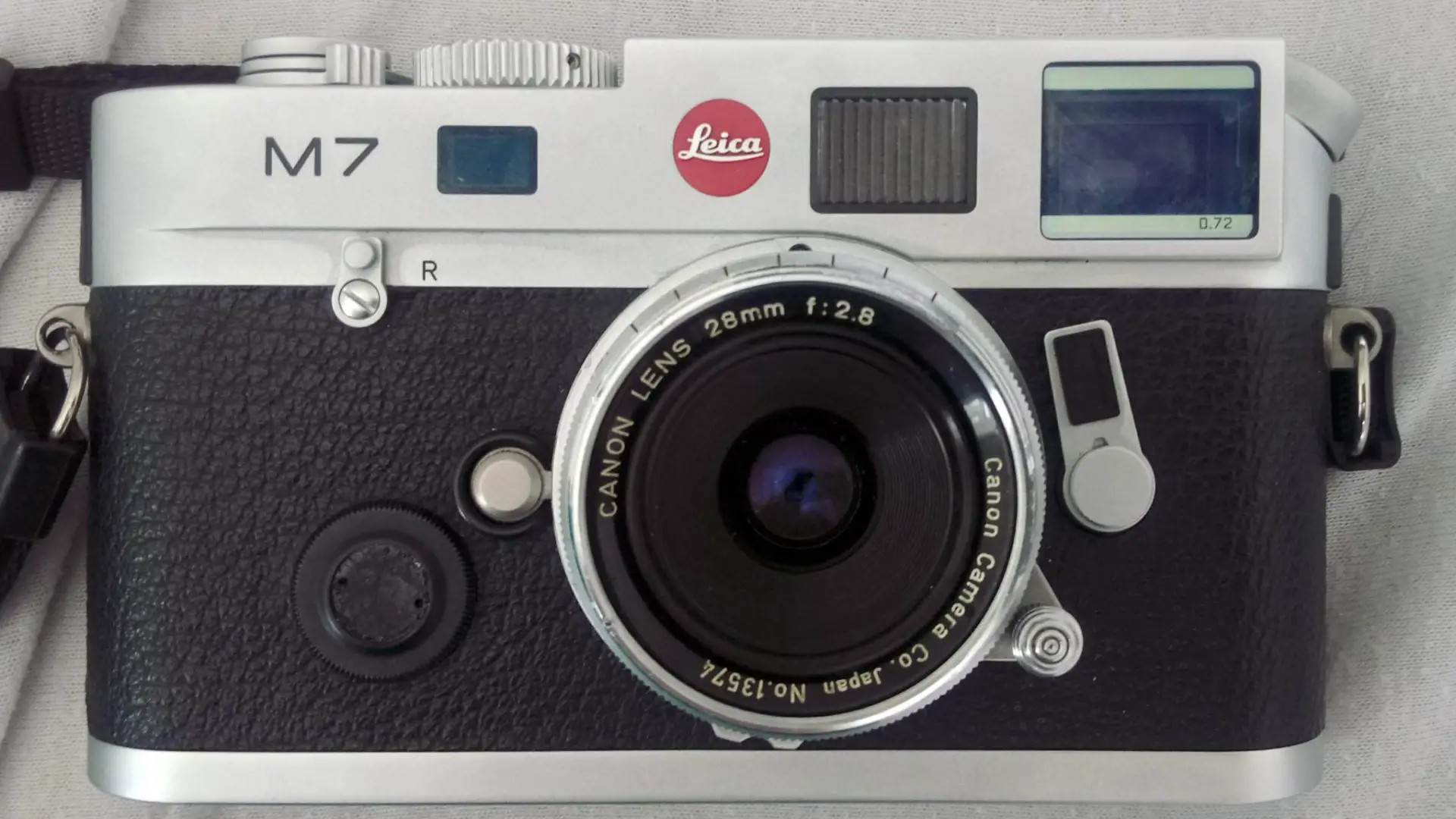








Comments
Simon on Canon 28mm f/2.8 LTM – A Short Review – By Atanas Grozdev
Comment posted: 14/11/2019
Comment posted: 14/11/2019
Dave Tarditi on Canon 28mm f/2.8 LTM – A Short Review – By Atanas Grozdev
Comment posted: 14/11/2019
Wide open lens are often needed in low light conditions, and the resulting Bokeh is extremely important to keep the subject being photographed not being distracted by closer and further items from your subject, which usually just give a frame of reference to add meaning to your subject.
Castelli Daniel on Canon 28mm f/2.8 LTM – A Short Review – By Atanas Grozdev
Comment posted: 14/11/2019
Peter G. Johnson on Canon 28mm f/2.8 LTM – A Short Review – By Atanas Grozdev
Comment posted: 14/11/2019
Thanks for sharing.
Patrick Abe on Canon 28mm f/2.8 LTM – A Short Review – By Atanas Grozdev
Comment posted: 14/11/2019
I haven't used film cameras for a while, since digital cameras use storage media that doesn't have an expiration date. Still, I approach digital photography as if Kodachrome were loaded into Ye Olde Nikon D7000 or Fujifilm X30, and go for "one great image" instead of many "clear the storage chip" so-so images.
An M-series Leica was always on the "can I afford it?" short list, with the answer being "No." (Between a "Made-in-Wetzlar" jewel and film, materials won out over Gear Acquisition Syndrome.) Besides, if speed of operation mattered, Ye Olde Nikon FM was good enough, once the Vivitars and Soligors were replaced with Nikkors.
Have fun with those old Leica Screw Mount lenses, they range from Superb to "Who made this junk?," optically. (Though Hipsters revel in "Bokeh-rich" lenses that were paper weights in the previous century.;)
Bruno Chalifour on Canon 28mm f/2.8 LTM – A Short Review – By Atanas Grozdev
Comment posted: 14/11/2019
Lukas on Canon 28mm f/2.8 LTM – A Short Review – By Atanas Grozdev
Comment posted: 15/11/2019
Ashley Carr on Canon 28mm f/2.8 LTM – A Short Review – By Atanas Grozdev
Comment posted: 15/11/2019
Either way I’m pretty much a fan of most of the Canon LTM lenses but there are a few dogs in their too.
Patrick Abe on Canon 28mm f/2.8 LTM – A Short Review – By Atanas Grozdev
Comment posted: 15/11/2019
There weren't too many sharp, contrasty, and affordable 28mm lenses for Leica Screw Mount available back then. I've heard that light fall off was also a problem with the 25mm Canon lens, but that optical gem was pricey even back then. Have a great time using your optical gem, it's a great companion piece with the 50mm f/1.8 Canon lens that came with the Canon P.
There are Nikkor lenses in LSM, as well; I have a 105mm f/2.5 with a tripod mount which is/was a great portrait lens during my film years.
Roger B. on Canon 28mm f/2.8 LTM – A Short Review – By Atanas Grozdev
Comment posted: 17/11/2019
David Hill on Canon 28mm f/2.8 LTM – A Short Review – By Atanas Grozdev
Comment posted: 17/11/2019
For what it’s worth, here follow my very brief review notes on LTM 28s:
* 28/2.8 Canon: A relatively good lens with a good reputation, chrome only. The 3.5 is sharper.
* 28/3.5 Canon: Serenar or Black, an excellent lens but hard to find; sharper than the 28/2.8. (Tiny, great street shooter.). [Also "Canon CT" Contax mount, chrome, very rare.]
* 28/3.5 Nikkor: At least as good as the Canon, but higher price
Andrew on Canon 28mm f/2.8 LTM – A Short Review – By Atanas Grozdev
Comment posted: 05/07/2020
This is the same lens that Gary Winogrand used in most of his work, if that says anything.
As a vintage (and tiny) lens, vignetting wide open is pretty heavy (I love it) and it has fairly low contrast, which is an advantage on digital.
This lens and my Leica M9 Monochrom are about my favorite casual walkabout combination.
Joe Cantrell on Canon 28mm f/2.8 LTM – A Short Review – By Atanas Grozdev
Comment posted: 12/09/2023
Back then as a photojournalist based in Manila, Philippines, I covered many religious processions. One featured many thousands of people crowding around the Sto. Nino of Quiapo. I shot it from the second or third floor of a building overlooking the plaza and was astonished that the little Canons rendered distinct facial features of everyone in the picture. That was on Kodachrome; when I could use it on Kodachrome II, I never failed to be happily surprised by the detail and tonality.
I'm using them now more or less interchangeably on my Leicas, Canon rangefinders and Sony digital cameras. They do not compare technically to the 50 year younger lenses, but who cares? I submit that the new lenses do not compare aesthetically with the musical rendition of the old lenses. To each their own.